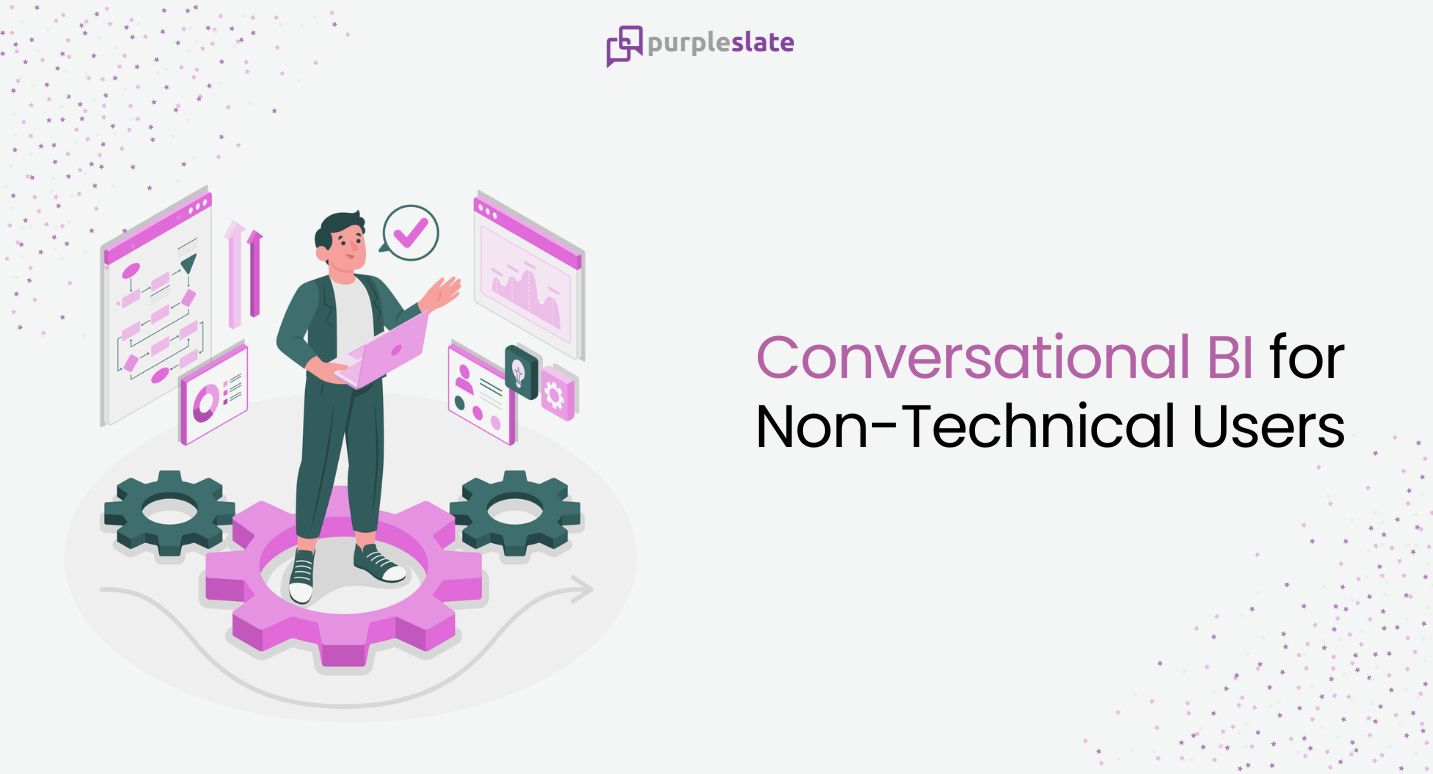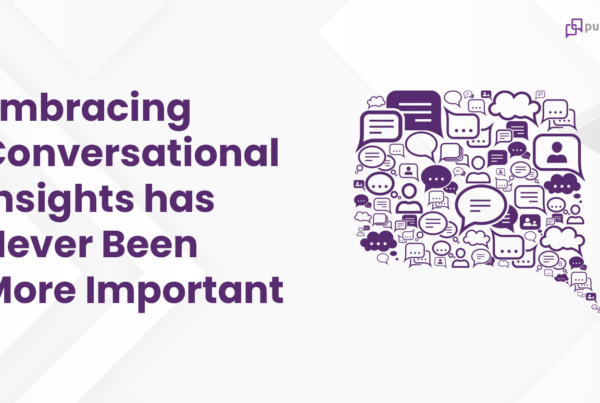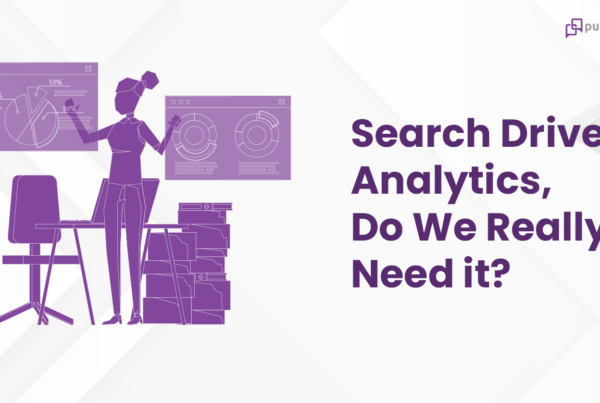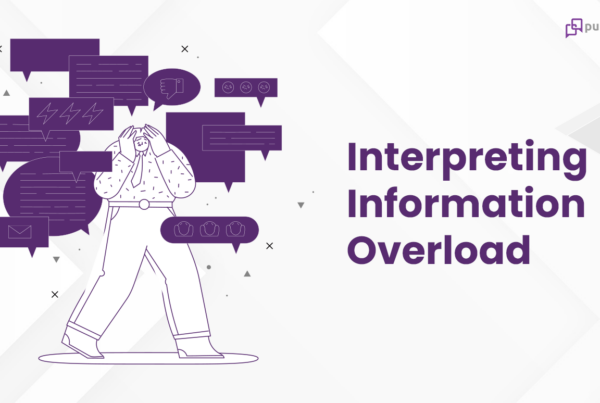
Introduction
In today’s rapidly evolving business landscape, data has become the lifeblood of decision-making. From optimizing operations to understanding customer behavior, organizations rely on data to drive strategic initiatives and stay ahead of the competition. However, accessing and interpreting data can be challenging, especially for non-technical users who lack the expertise to navigate complex BI tools and query languages.
Enter Conversational BI – a game-changing approach to data analysis that democratizes access to insights and empowers non-technical users to make informed decisions with ease. At its core, Conversational BI leverages natural language interaction to make data more accessible and actionable for users of all backgrounds.
In this blog, we’ll explore the importance of data accessibility and actionability in today’s business landscape and delve into the role of Conversational BI in addressing these challenges. By the end, you’ll have a deeper understanding of how Conversational BI is transforming the way organizations interact with data and empowering non-technical users to harness its full potential for driving business success.
The Challenge of Traditional BI Tools
Complexity
Steep Learning Curve: Traditional BI tools often present a steep learning curve for users due to their complex interfaces and the requirement for a deep understanding of database structures and query languages. Users are expected to have technical skills in areas such as SQL (Structured Query Language) and data modeling to effectively navigate and utilize these tools. This complexity can be daunting for non-technical users who may not have the requisite expertise, leading to frustration and barriers to accessing and analyzing data.
Limited Accessibility: Access to traditional BI tools is often restricted to a select group of technical users within an organization, such as data analysts or IT professionals. These users typically have specialized training and expertise in working with BI tools, allowing them to generate reports, run queries, and analyze data effectively. However, this limited accessibility means that non-technical stakeholders, such as business managers or marketing professionals, are often excluded from accessing and leveraging data insights to inform their decision-making processes.
Static Reports
Lack of Interactivity: Traditional BI tools often generate static reports and dashboards that provide insights at a fixed point in time. These reports are typically pre-defined and lack interactivity, meaning that users cannot explore or interact with the data beyond what is presented in the report. This lack of interactivity limits users’ ability to drill down into specific data points, perform ad-hoc analysis, or ask follow-up questions, hindering their ability to derive meaningful insights from the data.
Dependency on IT: Non-technical users often rely on IT departments or data analysts to generate custom reports or queries in traditional BI tools. This dependency introduces delays and inefficiencies in decision-making processes, as users must wait for IT resources to fulfill their data requests. Additionally, non-technical users may struggle to communicate their data requirements effectively to IT professionals, leading to misinterpretations or inaccuracies in the generated reports. Overall, this dependency on IT creates bottlenecks and impedes the agility of decision-making processes within organizations.
Introducing Conversational BI
Conversational Business Intelligence (BI) represents a paradigm shift in the BI landscape, offering a more intuitive and accessible way for users to interact with data. At its core, Conversational BI leverages natural language interaction to make data analysis more accessible and actionable for users of all backgrounds.
Natural Language Interaction
User-Friendly Querying: Conversational BI platforms allow users to interact with data using natural language queries, such as asking questions in everyday language or issuing commands in a conversational tone. This user-friendly approach eliminates the need for users to learn complex query languages or syntax, making data analysis more accessible to individuals without technical expertise.
Semantic Understanding: Behind the scenes, Conversational BI platforms leverage advanced natural language processing (NLP) techniques to understand and interpret user queries. Through semantic analysis, these platforms can decipher the meaning and intent behind user input, enabling them to generate accurate responses and insights.
Contextual Understanding: Conversational BI platforms also excel in understanding context within conversations. They can maintain context across multiple queries and interactions, allowing users to ask follow-up questions or refine their queries based on previous responses. This contextual understanding enhances the conversational experience and facilitates more effective data exploration.
Real-Time Insights
Instant Response: One of the key advantages of Conversational BI is its ability to provide instant responses to user queries. Unlike traditional BI tools, which may require users to wait for pre-generated reports or data refreshes, Conversational BI platforms deliver real-time insights on-demand. This immediacy enables users to access up-to-date information and make timely decisions based on the latest data.
Live Data Interaction: Conversational BI platforms often connect directly to live data sources, enabling users to interact with data in real-time. Users can explore dynamic datasets, perform ad-hoc analysis, and receive instant updates as new data becomes available. This live data interaction enhances the agility and responsiveness of decision-making processes, allowing organizations to adapt quickly to changing business conditions.
Continuous Monitoring: In addition to providing instant insights, Conversational BI platforms can also support continuous monitoring and alerts. Users can set up automated alerts to notify them of significant changes or anomalies in their data, enabling proactive decision-making and intervention when necessary.
Intuitive Interfaces
Conversational Experience: Conversational BI interfaces are designed to mimic human conversation, providing a familiar and intuitive user experience. Users can engage with the platform as they would with a virtual assistant, asking questions, providing input, and receiving responses in a natural and conversational manner.
Interactive Visualizations: While the primary mode of interaction in Conversational BI is through natural language, these platforms often complement textual responses with interactive visualizations. Users can explore data visually through charts, graphs, and dashboards embedded within the conversation, enhancing their understanding and analysis of the data.
Personalization: Conversational BI platforms may also offer personalized experiences tailored to individual user preferences and workflows. Through user profiles and customization options, users can configure the interface to suit their specific needs, ensuring a personalized and efficient data analysis experience.
The Benefits of Conversational BI for Non-Technical Users
Accessibility
Democratizing Data Access: Conversational BI platforms democratize access to data by making it accessible to users of all backgrounds, regardless of their technical expertise.
Reduced Dependency on IT: Non-technical users can access and analyze data independently, without relying on IT departments or data analysts to generate custom reports or queries.
Ease of Use
Simplified Data Analysis: Conversational BI platforms offer a more intuitive and user-friendly experience compared to traditional BI tools, making data analysis more approachable for non-technical users.
Faster Decision-Making: By providing instant responses to user queries, Conversational BI platforms enable faster decision-making and response to changing business conditions.
Actionable Insights
Empowering Decision-Makers: Conversational BI platforms provide actionable insights in real-time, empowering non-technical users to make informed decisions with confidence.
Improved Collaboration: By fostering collaboration and knowledge sharing, Conversational BI platforms facilitate cross-departmental communication and alignment on data-driven initiatives.
Overcoming Adoption Barriers
Data Privacy and Security
Ensuring Compliance: Organizations must ensure that Conversational BI platforms adhere to data privacy regulations and industry standards to protect sensitive information.
Training and Education: Providing comprehensive training and education programs can help mitigate concerns around data privacy and security among non-technical users.
Resistance to Change
Change Management Strategies: Organizations should develop change management strategies to address resistance to adopting new technology and workflows among non-technical users.
User Feedback: Soliciting feedback from users and incorporating their input into the implementation process can help increase user buy-in and adoption of Conversational BI platforms.
Best Practices for Implementing Conversational BI for Non-Technical Users
Implementing Conversational BI for non-technical users requires careful planning and execution to ensure its effectiveness and adoption. Here are some best practices to consider:
Data Accessibility
Ensuring that data is organized, clean, and readily available for non-technical users to access:
Data Governance: Establish robust data governance policies to ensure data quality, consistency, and integrity.
Data Integration: Integrate data from various sources into a centralized data repository, making it easily accessible for non-technical users.
Data Visualization: Use interactive data visualization tools to present data in a visually appealing and easy-to-understand format.
User Training and Support
Providing comprehensive training and ongoing support to help non-technical users navigate Conversational BI tools effectively:
Training Programs: Develop training programs tailored to the needs of non-technical users, covering basic functionalities, query formulation, and interpretation of results.
User Documentation: Create user-friendly documentation and tutorials to guide non-technical users through the use of Conversational BI tools.
Help Desk Support: Offer dedicated help desk support to address user queries, troubleshoot issues, and provide assistance as needed.
Feedback Mechanisms
Establishing channels for non-technical users to provide feedback on the usability and effectiveness of Conversational BI tools:
User Feedback Surveys: Conduct regular user feedback surveys to gather insights into user experiences, pain points, and suggestions for improvement.
User Advisory Groups: Form user advisory groups comprising non-technical users to provide ongoing feedback and input on the development and enhancement of Conversational BI tools.
Continuous Improvement: Use feedback received from non-technical users to iteratively improve and refine Conversational BI tools, ensuring that they meet the evolving needs of users.
Conclusion
Conversational BI represents a transformative approach to data analysis, empowering non-technical users to access and interpret data with ease. By leveraging natural language interaction, real-time insights, and intuitive interfaces, Conversational BI platforms like Kea are breaking down barriers and democratizing access to data across organizations. As organizations embrace the power of Conversational BI, they are poised to achieve greater agility, innovation, and success in an increasingly data-driven world.




